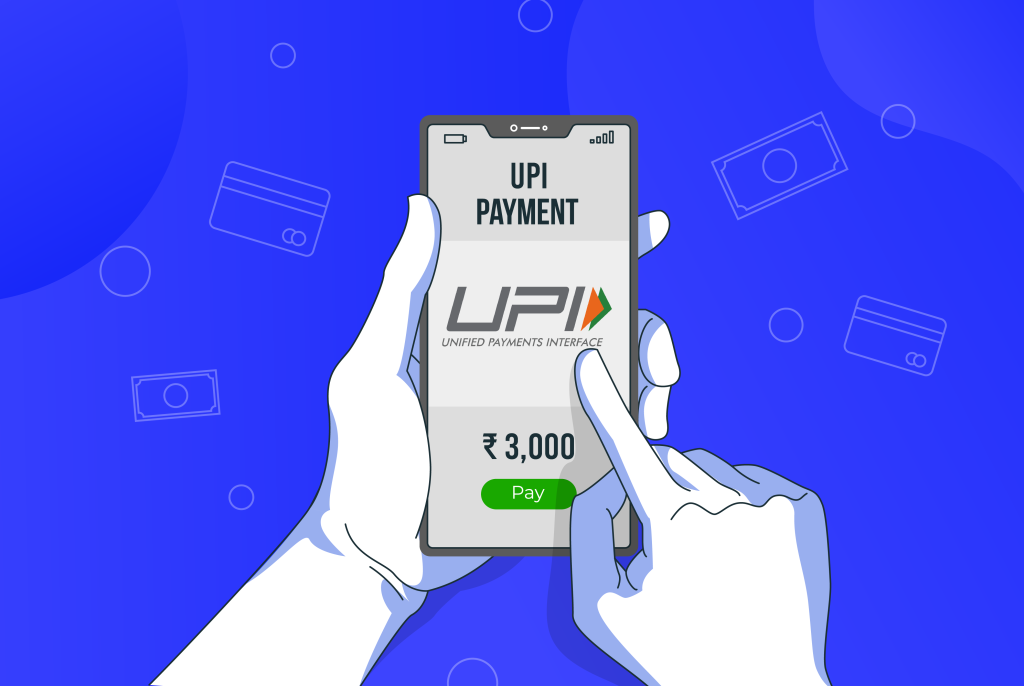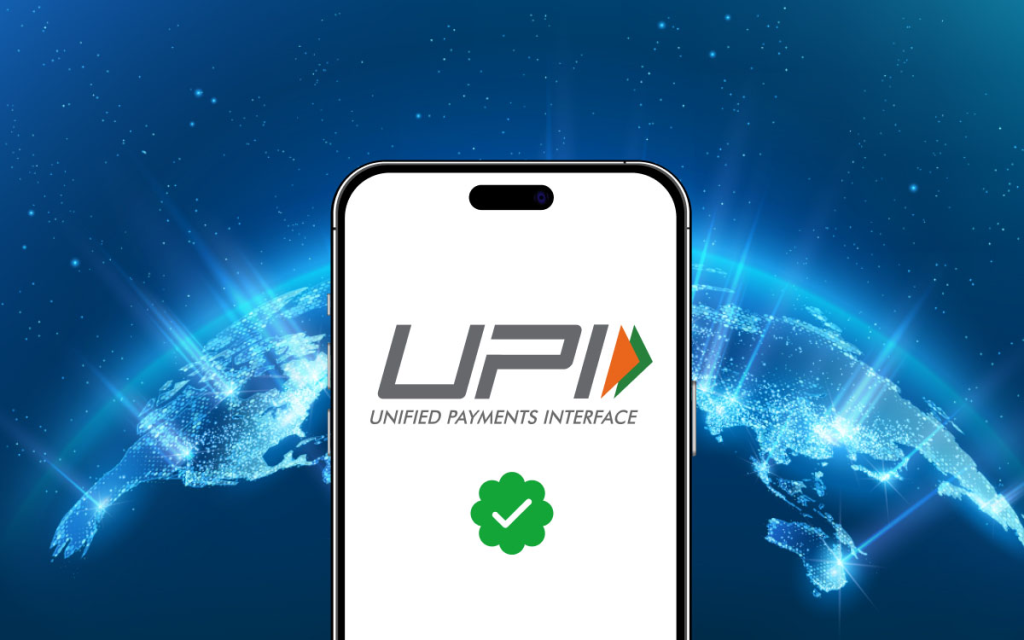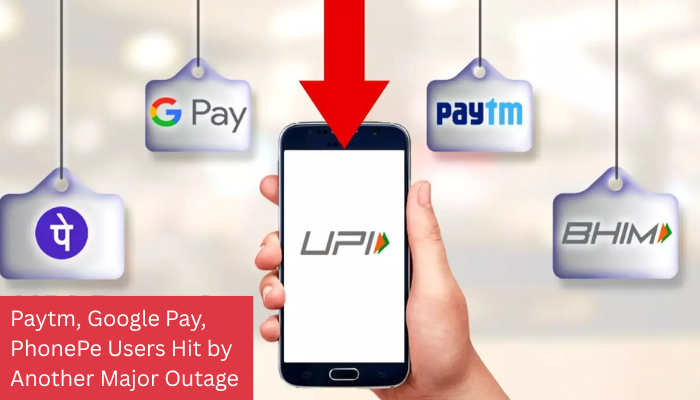In what is becoming an all too common worry for Indian users, the Unified Payments Interface (UPI down) was again crippled by another major disruption this week, with transactions across major platforms such as Paytm, Google Pay and PhonePe brought to a halt. Screenshots and users’ complaints flooded social media platforms, showing failed transactions and anger of users, highlighting how important UPI is now for India’s digital economy and how risky it is when it fails.
Here’s a full account of what happened, what led to the problem, how it affected users, and what this means for the future of India’s digital payment infrastructure.
What Is UPI and Why Does It Matter?

UPI down (Unified Payments Interface) is a Real-Time payment facility developed by the National Payments Corporation of India (NPCI). It is an instant mobile payment service which allows one to transfer funds immediately between two bank accounts using a mobile phone. Be it buying something from kirana store, splitting bill with a friend, or utility payments – UPI down has become the go-to bill payment in India.
What Happened During the Recent Outage?
This week again users across India began reporting transaction failures on Paytm, PhonePe, and Google Pay. UPI payments were either not processing at all, timing out, or returning error messages such as:
- “Payment Failed, Try Again Later”
- “Unable to reach bank servers”
- “Transaction in Progress, Do Not Retry”
The issues lasted for several hours, and although partial services resumed later in the evening, the impact had already reached across user groups and industries.
According to downtime tracking website Downdetector, peak reports occurred around 2:30 PM IST, with thousands of user complaints flooding in across major cities including Delhi, Mumbai, Bengaluru, and Hyderabad.
Impact on Users and Merchants
The fallout of the outage wasn’t just digital—it was economic. Here’s how it played out:
1. Consumers Left in Limbo
- Users were unable to pay for essentials like groceries, cabs, and fuel.
- People stuck at payment counters were forced to withdraw cash or wait for UPI to restore.
- Many customers experienced delays in refunds, creating further confusion.
2. Merchants Lose Sales
- Small vendors and offline businesses who rely entirely on UPI down had to turn away customers or bear the loss.
- Restaurants and cafes using QR-code-based billing systems were unable to process dine-in or delivery payments.
- Even online platforms saw order failures due to unsuccessful UPI authorization.
3. Trust Erosion
- Frequent disruptions like these are starting to shake user confidence in the reliability of UPI for critical payments such as bill payments, EMIs, and ticket bookings.
Possible Causes Behind the Outage
While NPCI and the affected apps have not officially released detailed technical reports, experts point to a few likely reasons behind the disruption:
Server Overload
With more than 400 million active UPI users and increasing transaction volumes, bank server bottlenecks are a common culprit. Some banks may fail to respond in real-time, causing timeouts on third-party apps.
Network Sync Failures
UPI down works via a complex network between the payer bank, payee bank, the UPI app, and NPCI’s switch. A minor sync issue or software update can cause a ripple effect across the system.
Infrastructure Scaling Gaps
Despite UPI’s massive growth, some backend systems—especially of smaller banks—may not have scaled adequately to handle transaction loads, leading to latency and failure spikes.
API Downtime or Update Failures
Third-party payment providers often rely on UPI APIs for authentication and validation. Any API update gone wrong or communication delay between UPI layers can result in temporary breakdowns.
What Did NPCI and the Apps Say?
Soon after the spike in complaints, PhonePe and Paytm acknowledged the issue on social media, stating that UPI down services were down due to external issues and that they were actively working with NPCI to restore them.
NPCI, in a late-day statement, confirmed temporary degradation in performance and said the system was being stabilized. However, they stopped short of explaining the exact reason for the failure, causing further speculation and criticism from users.
How Often Does This Happen?
This is not a one-off event. In the last six months, there have been at least four reported UPI outages affecting multiple apps. Some of the earlier disruptions lasted just 15–30 minutes, but even short downtimes during peak hours cause massive transaction backlogs.
These recurring outages have sparked concerns around over-centralization, lack of accountability, and the need for robust disaster recovery frameworks in India’s UPI infrastructure.
How Can Users Protect Themselves?
While users can’t control UPI infrastructure, there are a few steps to minimize disruption during downtimes:
- Link Multiple UPI Apps: Having access to more than one app (e.g., Google Pay and PhonePe) can help bypass individual app issues.
- Keep an Offline Payment Option: Always carry some cash or a debit card as a fallback.
- Monitor Bank Outages: Sometimes the issue is with the user’s bank. Track bank-specific UPI issues via NPCI or app support.
- Avoid Retrying Rapidly: Repeated attempts during downtime may cause double debits or pending transactions.
- Wait for Official Confirmation: If a UPI transaction is stuck, wait for SMS confirmation before retrying.
The Future of UPI: Resilient or Fragile?

If India wants to make UPI the default digital payment mode for the world, it must first ensure the system is robust, scalable, and transparent for its billion-plus users.
Also Read : Who Will Win The Battle Between Swiggy And Zomato?
Frquently Asked Questions
Q1. Why was UPI down recently?
The causes for the outage were most probable due to an overload of servers and bank infrastructure lag or failures to synchronize APIs. NPCI admitted to momentary decrease in the service level but did not provide a detailed explanation.
Q2. Which apps were affected in the outage?
The major apps that operate on UPI like Paytm, PhonePe, and Google Pay were partially or fully down.
Q3. For how long did the UPI outage last?
In some parts it took several hours before normal operations started slowly getting back to normal in the evening.
Q4. Is it possible to get a refund on failed UPI down transactions?
Yes. Failed or pending transactions are usually over turned within 24-72 hours automatically by the system. Otherwise, you should file a complaint using your UPI app.
Q5. What steps can I take to avoid being stranded in the case of a UPI down outage?
Maintain alternate modes of payment such as debit cards or cash, use restricted frequency of retries, and monitor the status of service through applications or social media channels from NPCI.








